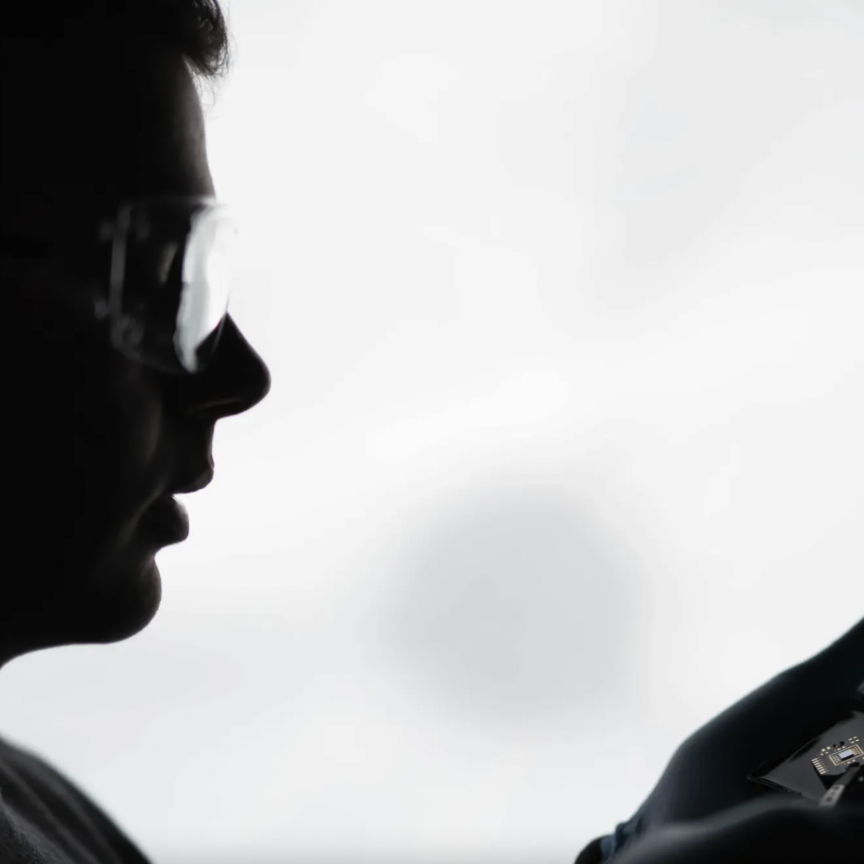Two European Union regulations, REACH and RoHS, are endangering the availability of raw materials for optical systems, according to leaders in the optics and photonics industry. The materials are vital for medical diagnoses, scientific research, computer technology, security systems, and a host of industrial and consumer uses.
The issue was among those discussed in executive briefings as part of the SPIE Photonics Europe conference on 16 April in Brussels.
REACH is the regulation on registration, evaluation, authorisation, and restriction of chemicals, and RoHS restricts or prohibits the use of mercury, lead, cadmium, and other hazardous substances in electrical and electronic equipment.
Many of the chemicals and substances restricted under these regulations are essential raw materials for the production of fluorescence microscopes, telescopes, infrared cameras, optical lenses, laser safety goggles, semiconductor crystals, and other photonics-enabled devices.
Peter Hartmann, director of market and customer relations for Schott Advanced Optics (Germany), one of the few remaining suppliers of optical glass in Europe, and Wenko Süptitz of the German industrial photonics federation Spectaris aimed to raise awareness of the regulations’ risk to technical optics through the presentations at the conference.
‘The prohibition of lead and cadmium will lead to the loss of many essential properties of specialty glass such as refraction and filtering,’ Hartmann said in latest issue of SPIE Professional, the society’s quarterly magazine. ‘These regulations would impair the performance of optical systems strongly if not preventing it totally,’ and would be harmful to the EU’s Horizon 2020 research and innovation programme, he said.
Hartmann said that while optics industry representatives agree that human health and the environment should be protected against toxic, carcinogenic, and other hazardous substances, many of the hazardous raw materials listed in REACH and RoHS are harmless once transformed into optical elements like lenses, prisms, microscopes, and infrared materials. Glass production is already conducted under strict safety regulations, he said.
Optical materials need a considerable variety of substances to provide all required properties for high-end systems. Among them are lead oxide, arsenic oxide, cadmium oxide, boron oxide, and other substances that might be hazardous under certain circumstances.
‘Today, virtually all industry relies on high-end optical systems,’ Hartmann said. ‘These systems provide key functions for research, diagnosis, surveillance, and quality assurance in medicine, scientific research, general industry, safety installations, and environmental monitoring.’
Hartmann noted that these optical systems are crucial for the automotive, aviation, shipbuilding, and building-construction industries. ‘Even the food industry needs optical-measurement equipment for quality inspection and machine alignment.’
The EU has recognised photonics as a key enabling technology that supports the general targets set out in the Horizon 2020 research and innovation programme for Europe.
Hartmann and Ronan Burgess of the European Commission Joint Research Centre, Belgium were among European photonics leaders who gave testimony to the Science and Technology Options Assessment (STOA) committee at the European Parliament on 6 February.

